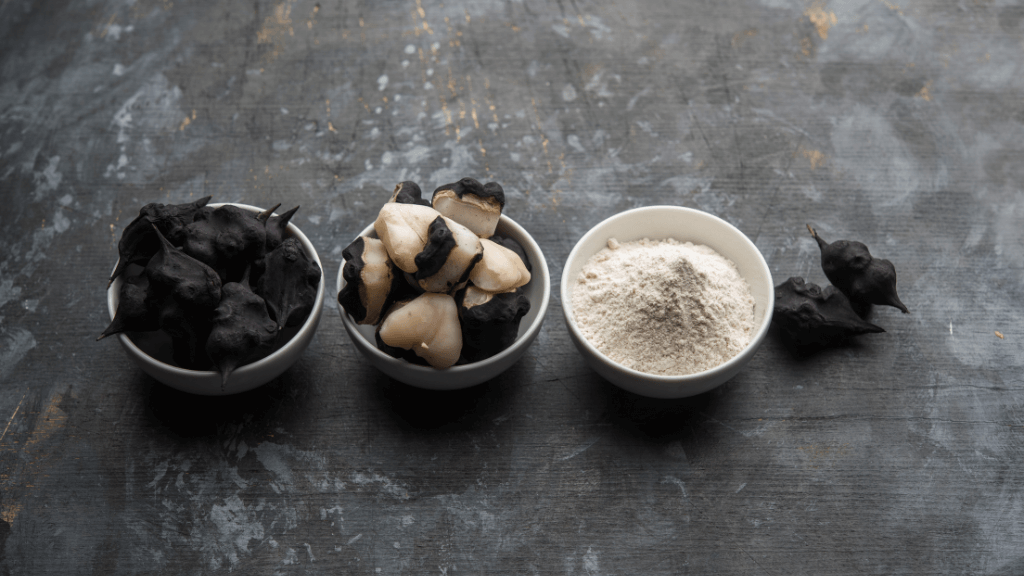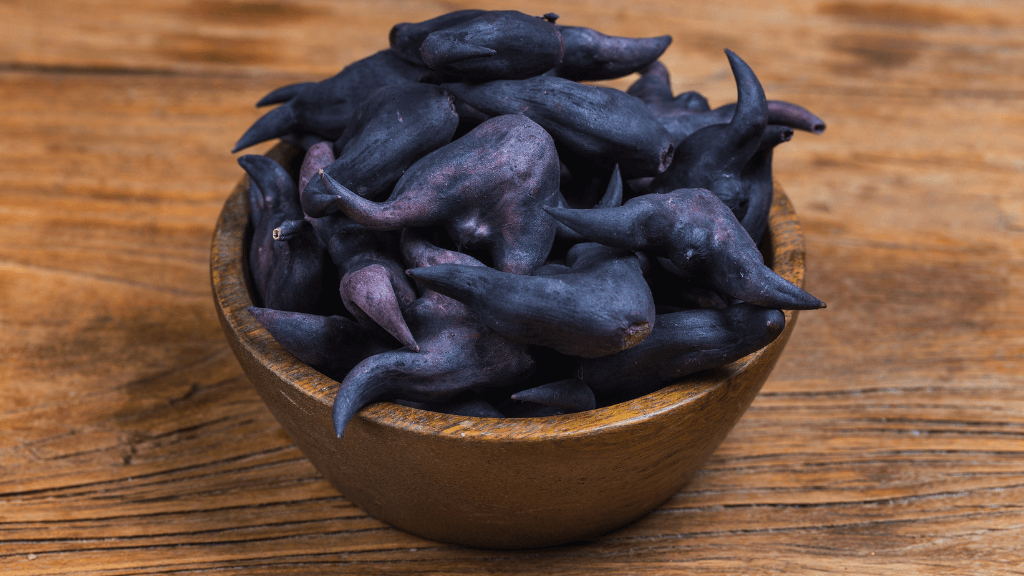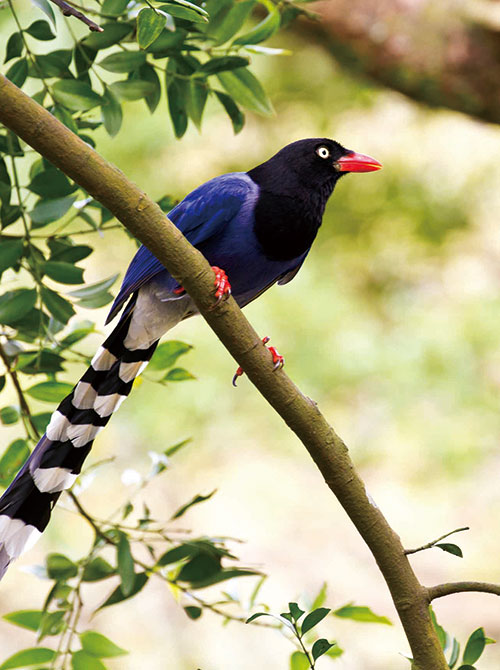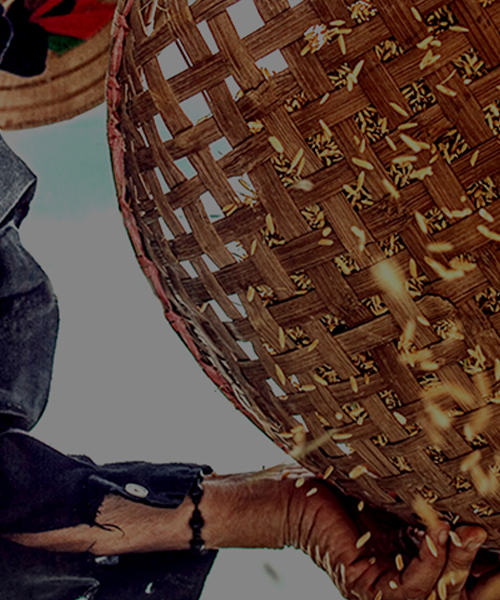Organic x Guantian Water Caltrop: Ecological Linked with Elementary School Agri-food Education
- 2024-03-15
- 2024-03-15
- / 1819 Views
- /

Water chestnut is an annual herbal aquatic plant of the Trapa Onagraceae. It is composed of red ingot shells and ginkgo seeds. It is rich in protein, unsaturated fatty acids, and a variety of vitamins and trace elements. It has a loose taste and the aroma of chestnuts. Therefore, it has the reputation of “peanuts in water” and “water caltrops”.
Water chestnut likes high temperature, sunshine, and humid environment. Tainan Guantian and Kaohsiung Renwu are the main planting areas. Guantian production accounts for 70% of the whole yield of Taiwan. The growth period of water chestnut takes half a year, and the main varieties in Taiwan are the Trapa quadrispinosa Roxb. from June to September and the Trapa bispinosa Roxb. from September to December.
Tainan Guantian, famous for its wetlands, has the clear source of the Wushantou Reservoir and the abundant soil of the Chianan Plain. The old name Guantian has a history of planting rice and water chestnuts since Zheng Chenggong’s officers and soldiers settled down. Because the muddy land is not suitable for the rice transplanter, farmers cultivate rice by direct seeding. In order to prevent birds from pecking at the seeds, farmers tend to soak the rice in pesticides, resulting in the death of a large number of birds, including the endangered water pheasant.
Two-thirds of the Pheasant- tailed Jacana in Taiwan live in the water chestnut fields of Guantian. In April and May every year, when the water chestnut plants grow enough to support the weight of the Pheasant- tailed Jacana, the Pheasant- tailed Jacana shuttle on the water chestnut leaves with an elegant and high pace and build nests in the water chestnut fields to breed. Since the cocky black tail looks like a water chestnut, it is also known as the water chestnut bird.

In 1998, the government promoted the water chestnut farmer incentive method to protect the smooth hatching of Pheasant- tailed Jacana fledges. In 2000, based on the concept of habitat compensation, the government and the private sector jointly built a Pheasant- tailed Jacana restoration area, which was transformed into a Pheasant- tailed Jacana ecological education park in 2007. In 2009, the collective poisoning and death of Pheasant- tailed Jacana attracted public attention. In 2010, the Forestry Bureau, Council of Agriculture, Executive Yuan commissioned Tse-Xin Organic Agriculture Foundation to create the “Green Conservation Label”, which also opened up the opportunity for organic water chestnuts.
The planting of Taiwan’s organic water chestnut was started by a young farmer, and like the ripples of kindness, it affected the investment of more departments. This young farmer dreamed of restoring the environment, maintaining the diversity of aquatic organisms, and protecting water pheasants in an ecological chain. However, there are many diseases and insect pests of water chestnut, which made the growing of organic water chestnut more difficult than ever. Thus, the young farmer experimented with various biological control methods, such as controlling the pest water borer moth with potbellied fish, and handing over the snails and algae to mallards, or removing duckweed, conventionally using herbicides, or spreading lime to complete the treatment in half a day. However, since the lime tended to kill all the microorganisms in the pond, and it may also cause the eyes of the Pheasant- tailed Jacana chicks to go blind, the young farmer would rather spend several days fishing up by hand. These efforts have touched the assistance of the agricultural reform field, and also influenced other farmers to set up agricultural enterprise organizations together.
The farmers and organizations of the organic water chestnut attach great importance to the education of food and agriculture in school. Combined with the edible landscape of the campus, children are enabled to understand the importance of ecological diversity, protect the value of Pheasant- tailed Jacana, create a habitat for wild animals. Children are also invited to wear frog costumes, go directly into the water to experience the process of picking water chestnuts, and learn how to be grateful to farmers who sits on their knees hard with a large water basin around their waist and try hard to judge the maturity to harvest water chestnuts for picking water chestnuts without being fearless of the scorching sun.
The success of organic water chestnut and Pheasant- tailed Jacana restoration has stimulated more cooperation between production, government, and academia. Since 2015, more than 1,000 tons of water chestnut shells that were originally agricultural wastes per year in Guantian have been carbonized into “water chestnut shell carbon” that complies with international biochar standards, with extended various products manufactured to become the black gold of Guantian.




